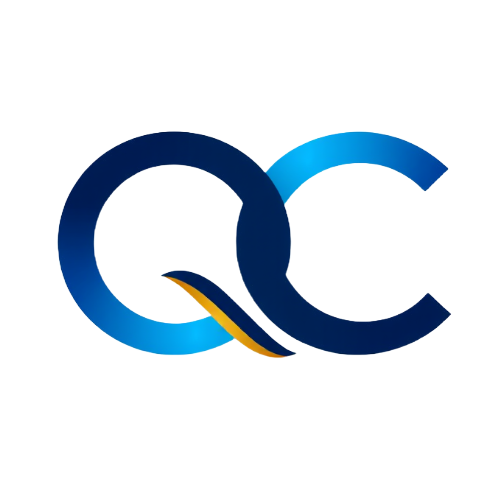Maximizing Efficiency with Tech
Introduction
Efficiency, in the context of technology, refers to the ability to optimize processes and workflows using digital tools, ultimately saving time and resources while maximizing output. As businesses seek to improve their operations, leveraging technology becomes essential for streamlining tasks, enhancing productivity, and achieving better results. By integrating the right technological solutions, organizations can eliminate bottlenecks, reduce manual workloads, and position themselves for success in a competitive landscape.
Technological Tools for Efficiency
To maximize efficiency, organizations can leverage a variety of technological tools designed to simplify tasks and improve productivity:
- Project Management Software: Tools like Trello, Asana, and Microsoft Project help teams coordinate tasks, track progress, and streamline communication. They provide a centralized platform for managing projects and deadlines, ensuring everyone is aligned.
- Automation Tools: Automation solutions such as Zapier and Automate.io enable businesses to automate repetitive tasks, reducing the time spent on manual work. This allows teams to focus on higher-value activities that drive growth.
- Customer Relationship Management (CRM) Systems: CRM systems, like Salesforce and HubSpot, help organizations manage customer interactions, streamline sales processes, and improve customer service. By centralizing customer data, businesses can enhance their relationships and increase efficiency in responding to client needs.
Integrating Technology
Effectively integrating technology into business processes is crucial for maximizing efficiency. Here are key steps to consider:
- Assess Needs: Start by evaluating current processes and identifying areas that can benefit from technological solutions. This assessment will help determine which tools will have the most significant impact on efficiency.
- Choose the Right Tools: Select tools that align with your organization’s goals and processes. Ensure that the chosen technologies complement each other to facilitate seamless integration.
- Provide Training: Offering training for employees on how to use new tools effectively is essential. Well-trained staff will be more competent at leveraging technology to improve their workflows.
- Monitor Integration: Regularly review the integration process to ensure that the tools are being utilized effectively. Adjust workflows and tools as needed to maximize benefits.
Measuring Efficiency
To track and measure efficiency gains, organizations can implement various methods:
- Key Performance Indicators (KPIs): Establish KPIs relevant to efficiency, such as project completion times, cost savings, and output quality. Monitoring these metrics will provide insights into performance improvements.
- Time Tracking: Utilize time-tracking tools to analyze how much time is spent on tasks before and after implementing new technologies. This data will help identify areas of improvement and confirm efficiency gains.
- Feedback Loops: Encourage employee feedback regarding the new tools and processes. Engaging team members can highlight insights you may not have considered, allowing for more informed decisions.
Conclusion
Maximizing efficiency through technology is not a one-time effort but an ongoing journey that requires continuous investment and adaptation. By effectively integrating technological tools into business processes and measuring their impact, organizations can drive significant improvements in productivity and performance. Embracing a culture of continuous improvement and innovation will empower businesses to stay agile, competitive, and successful in an ever-evolving market.

